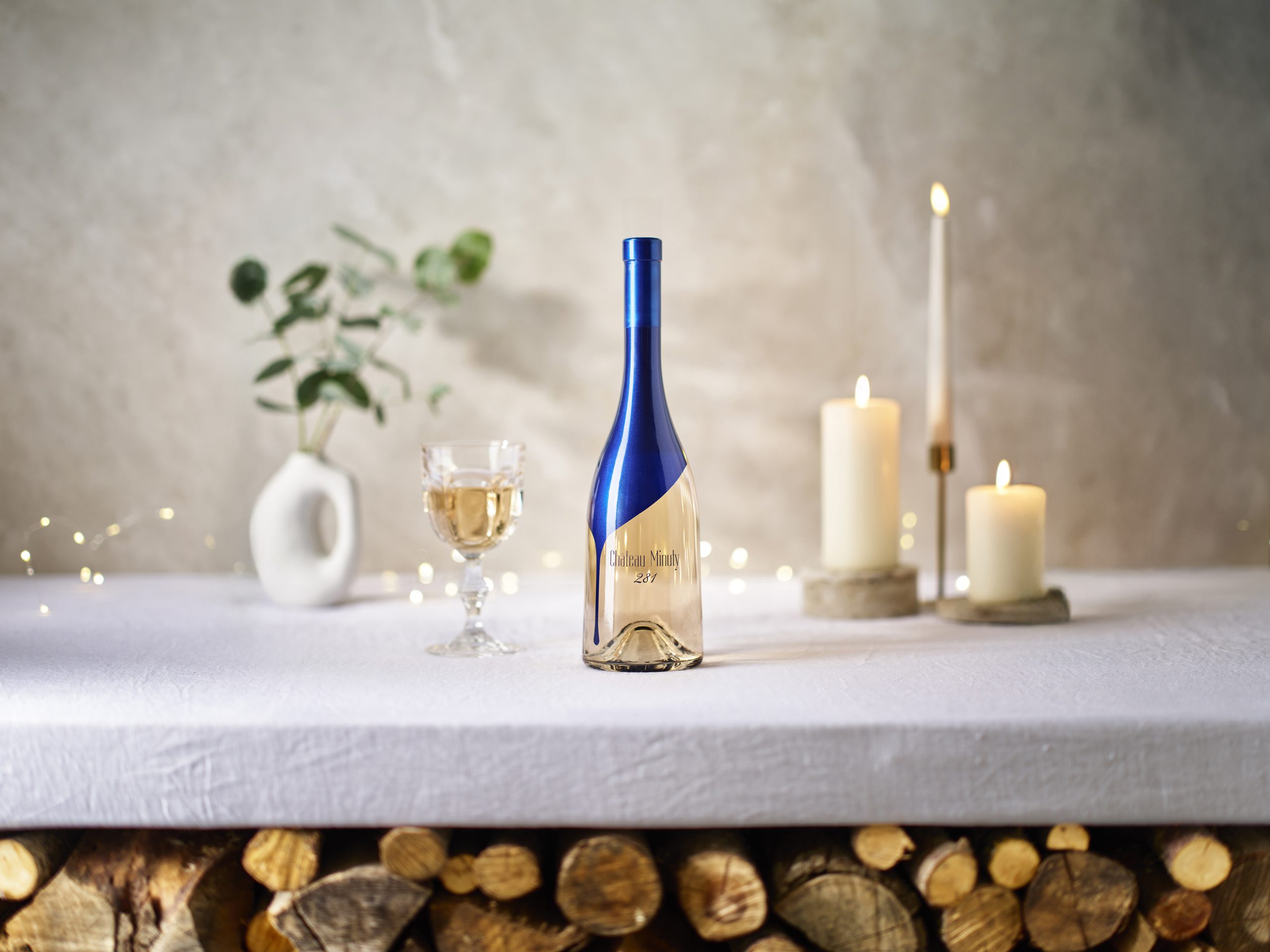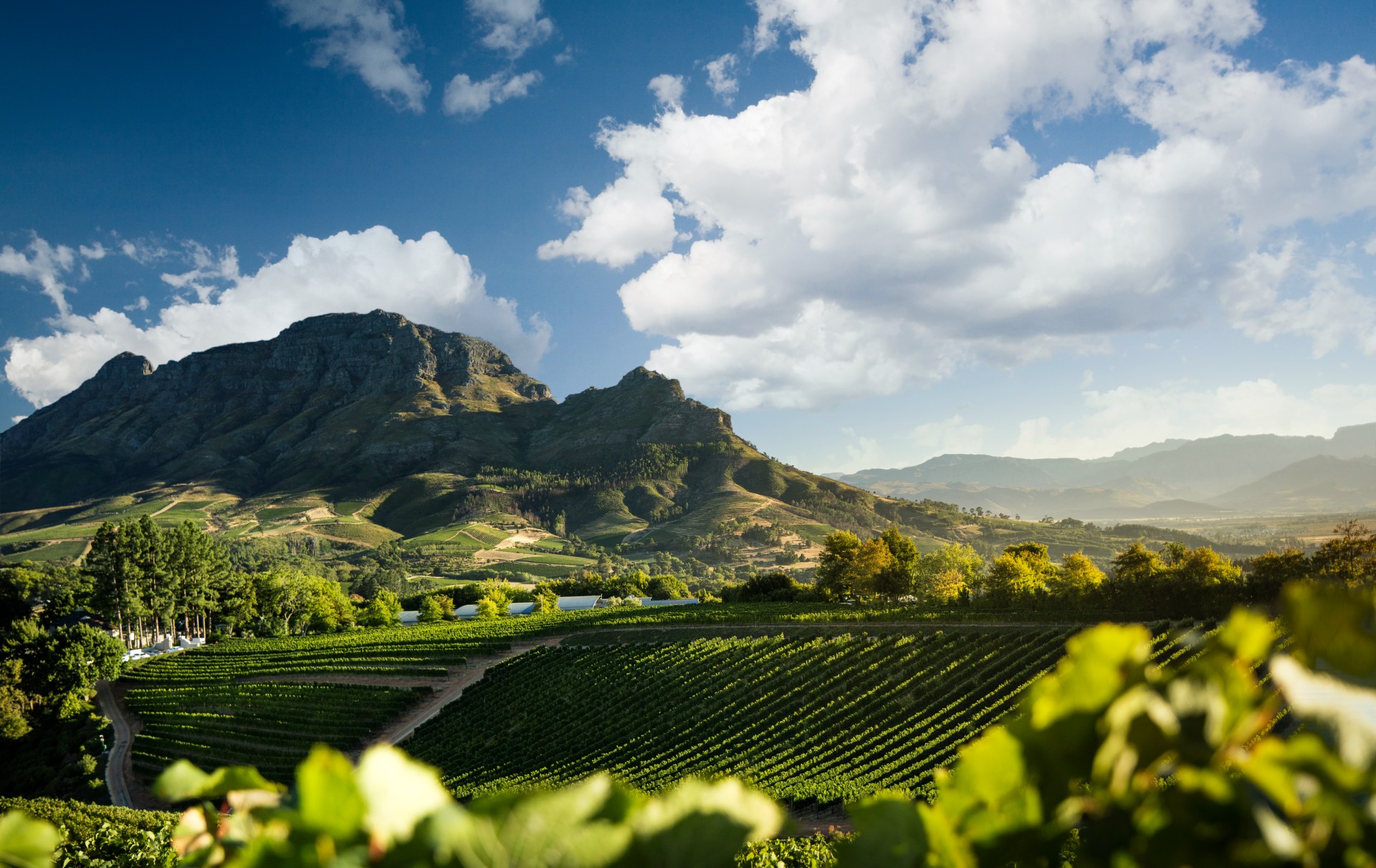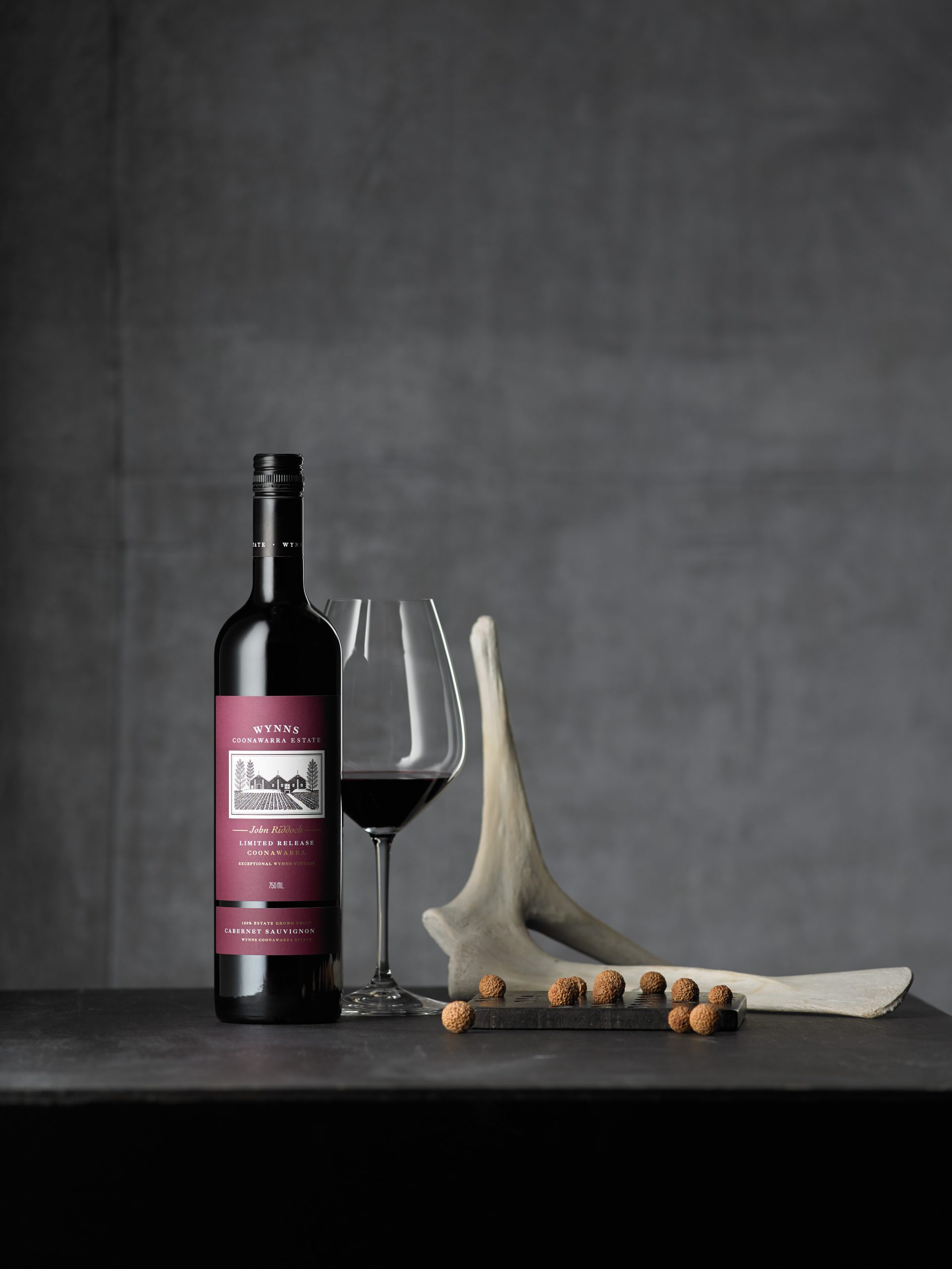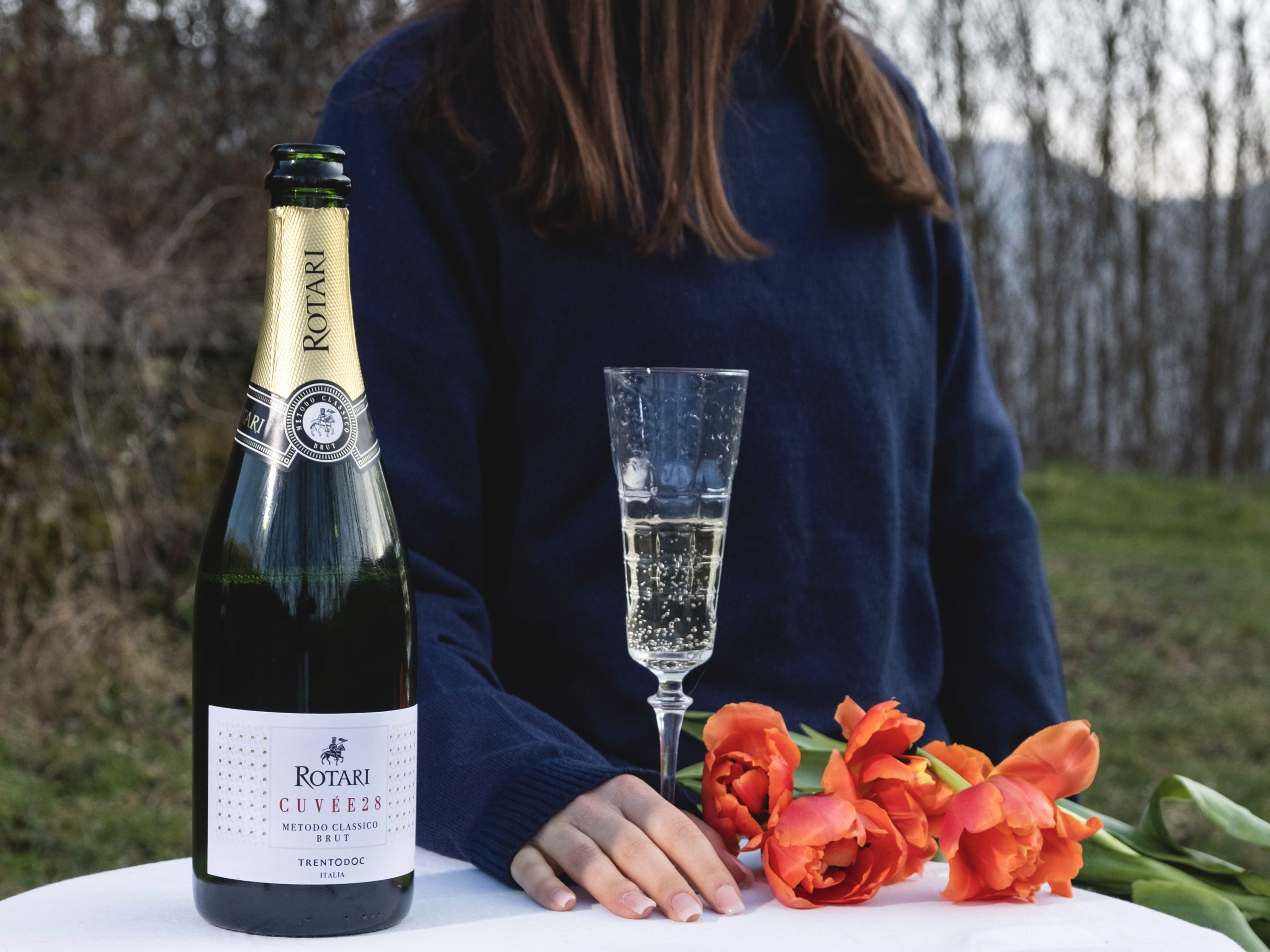Champagne Gardet wins gold medals across its range
Three Gold medals for very different Champagne Gardet cuvées demonstrate its guiding principle, ‘an alliance between maturity and freshness’.
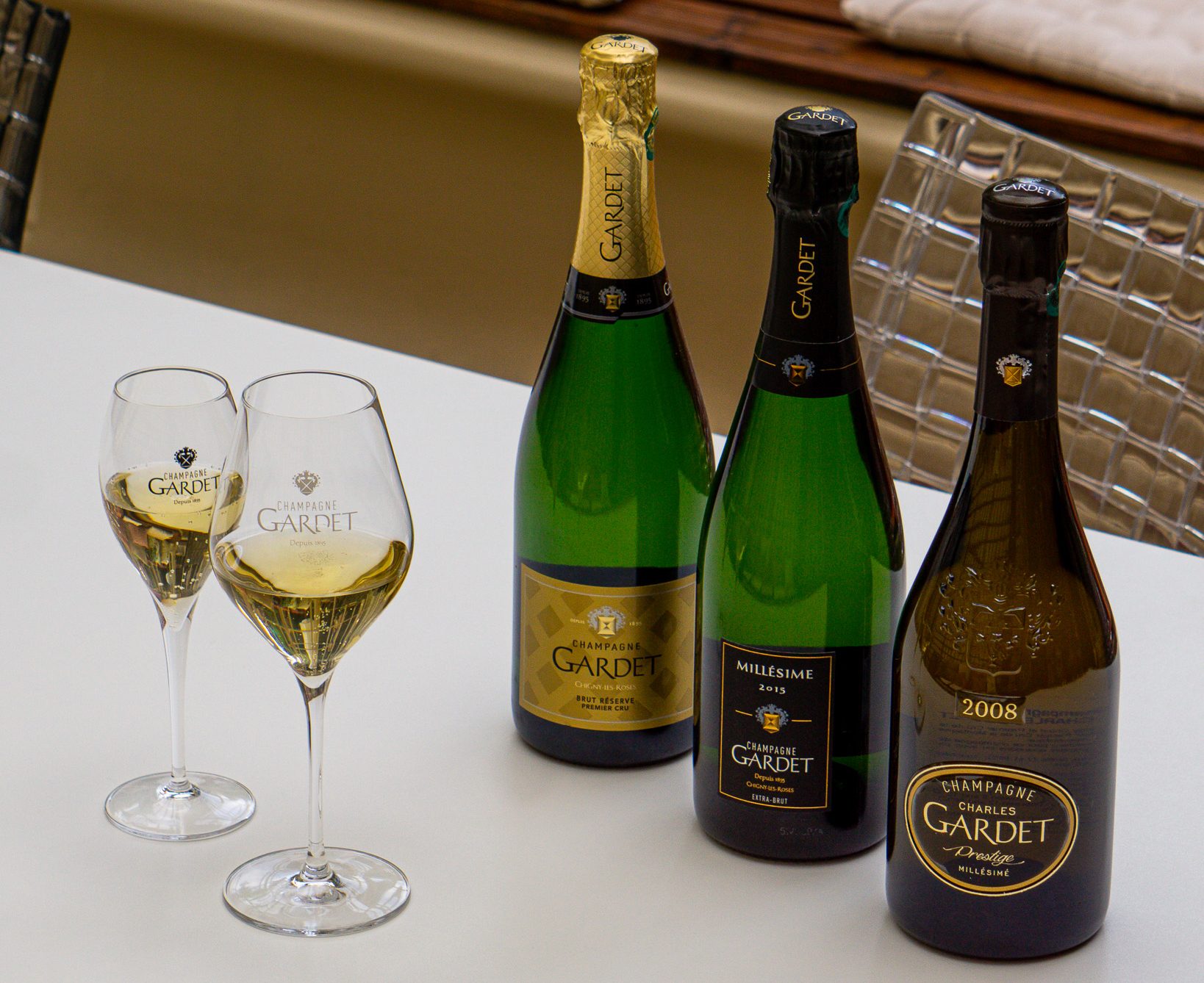
Winning a Gold medal at the Champagne Masters is an impressive feat. After all, the cuvées are judged blind by experts and Masters of Wine in an incredibly competitive category. To win three Gold Medals is remarkable. To win three Gold medals from three very different collections, as Champagne Gardet has, is rare indeed.
Each of the Gold medallists comes from a collection with a specific identity. The Brut Réserve Premier Cru is from the Tradition collection. These Champagnes, aged for a minimum of three years (in this instance, at least six) offer an entry point to the house’s wines. With a range of styles provided, they are accessible both in their price points and their traditional style.
The second Gold medal winner is from the Extra Brut collection, which is defined by its balance between patience and freshness. Those wines have a lower dosage but longer bottle age to achieve that balance. In the case of that winner, the Extra Brut Millésime 2015, the intention was to offer something slightly younger than the Prestige collection wines (it ages for eight years in the bottle), which could be enjoyed immediately or aged further.
The third Gold medallist comes from that Prestige collection. Those wines are the house’s longest aged, expressing its confidence in its wines age-worthiness. The Gold medal-winning Prestige Charles Gardet 2008 spent 15 years on its lees, making it among the last cuvées in Champagne to be bottled from the much-admired vintage.
A unifying approach to winemaking
In production, the three wines therefore have notable differences. Yet they are bound by the house’s central approach to winemaking: ‘an alliance between maturity and freshness’.
For each cuvée, that means ensuring neither of those two elements is neglected. In the case of the Brut Réserve Premier Cru, for instance, 25% of the blend comes from reserve wines, aged in oak foudres, which add gently oxidative complexity to the Champagne. That is a common thread across the Tradition range, for which reserve wines can be older than three years.
At the other end of the spectrum, the Prestige Charles Gardet 2008 has to find ways to maintain freshness in the face of well over a decade of bottle age. To achieve that, the wines are initially fermented in stainless steel and prevented from undergoing malolactic conversion, maintaining more of the fresh malic acid.
Heritage balanced by innovation
That balance of maturity and freshness is also an apt metaphor for Champagne Gardet as a company. Founded in 1895 by Charles Gardet, it has more than a century’s experience and a beautiful, historic headquarters in the premier cru village of Chigny-les-Roses.
Yet it has also had a recent injection of vitality after the Prieux family took over management in 2007. The family was a natural fit for the acquisition: having lived in Champagne generations ago, it then found success in plant cultivation and with a business of garden centres. Reinvigorating the Champagne house was therefore an ideal opportunity to combine its heritage and passion for horticulture.
Since 2007, the family has instituted many new developments. Champagne Gardet now has its first organic cuvée and has achieved international standards in food safety and minimising environmental impact. The family has also spearheaded an international digital presence, numerous prestigious collaborations and opened up the estate for wine tourism.
It has even, combining its twin interests, developed a new cultivar of rose. The elegant, pastel-hued variety, named La Perla de Gardet, pays tribute to the family’s past and the village of Chigny-les-Roses. It is now a core element in the house’s branding.
Partner Content
In less than two decades, the Prieux family’s impact has been impressive and consistent. As the three Gold-medallists, all from that period, demonstrate, it is matching its innovations with high-quality winemaking. Having achieved Gold medals across such varied cuvées, Champagne Gardet has proved its continued quality emphatically.
Champagne Gardet’s wines are available from House of Townend in the UK and Liquor Mountain in Japan.
Gardet Brut Réserve Premier Cru

- Grape varieties: ⅓ Pinot Noir, ⅓ Meunier, ⅓ Chardonnay
- Residual sugar: 6g/litre
- Approx. retail price: £36
A generous, good-value and creamy-textured non-vintage Champagne with layers of ripe fruit flavours from white peach to red berries allied to notes of baked bread, shortcrust pastry and butter biscuits. While broad and juicy there’s also a zesty edge, with notes of citrus peel on the finish, along with a dry, chalky taste and sensation.(Patrick Schmitt MW)
Gardet Millésime 2015 Extra Brut

- Grape varieties: 70% Pinot Noir, 30% Chardonnay
- Residual sugar: 4g/litre
- Approx. retail price: £50
A fine and fruity expression from the hot, dry 2015 vintage in Champagne, this Gardet Millésime is loaded with delicious mix of flavours, from creamy coffee to grilled nuts, along with peach and pear, then a mix of juicy lemon, grapefruit pith and baked apple on the bone-dry finish. A wine that’s lovely now, as it approaches its tenth birthday, but still with the structure to develop more honeyed richness and roasted characters if left to age for more time in the bottle. (Patrick Schmitt MW)
Prestige Charles Gardet Millésime 2008

- Grape varieties: 70% Chardonnay, 30% Pinot Noir
- Residual sugar: 5g/litre
- Approx. retail price: £76
This wine, from the beautifully fresh and well-structured 2008 vintage, has been recently released after 15 years on the lees. Pale gold in colour with a wide cordon and streams of tiny bubbles, the wine displays plums, passion fruit, toast and a hint of caramel, accented by chalk and wax notes. Extra brut in style (5g/litre dosage), the palate is medium-bodied with bracing acidity, linen mousse texture and a lovely, cardamom-accented finish. Well-defined, complex and long. (Patricia Stefanowicz MW)
Related news
Non-vintage is ‘putting together a puzzle’ says Champagne Lallier

